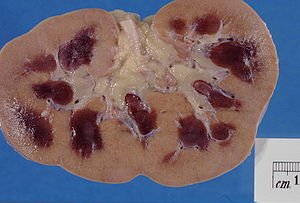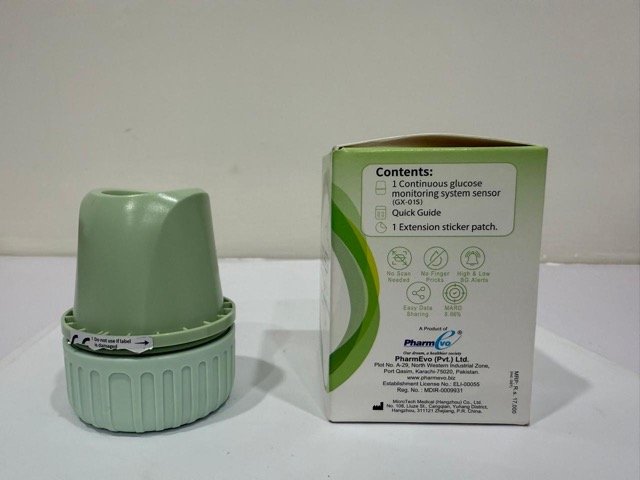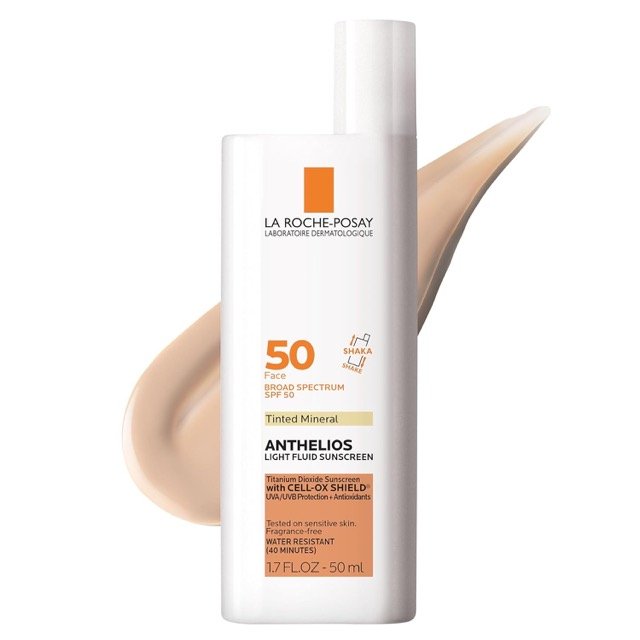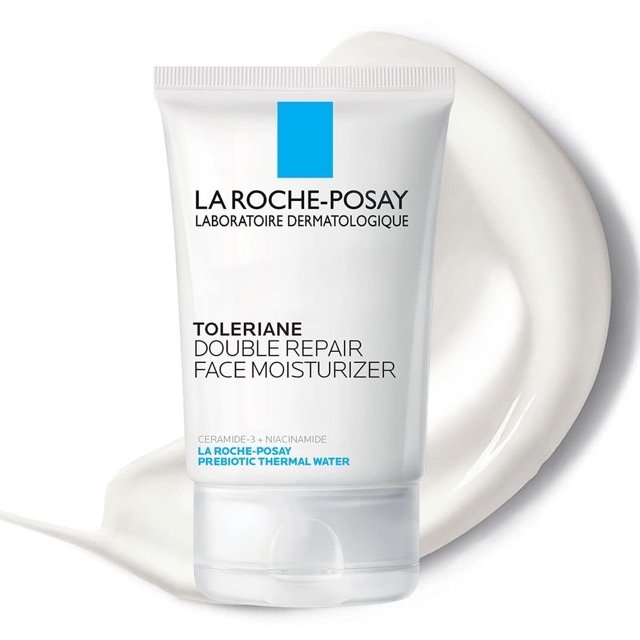Drug combinations are necessary for the treatment of tuberculosis. To help doctors create a successful treatment plan, the WHO has classified anti-TB medications. This will help reduce the burden of multidrug-resistant tuberculosis and reduce the overall prevalence of Tuberculosis indirectly. Previously, medications used to treat TB were either first-line or second-line treatments. However, with the addition of novel agents and with the emergence of drug-resistant tuberculosis, the WHO has reclassified the drugs into five classes.
Tuberculosis treatment - Drugs classification by WHO
Group 1 - The first-line anti-TB drugs:
-
Rifampicin - Bactericidal - dose is 10 mg/kg daily - Pyrazinamide - Weakly bactericidal - dose is 25 mg/kg daily (maximum: 2 gm/day)
- Rifapentine: 600 mg once weekly (a total of 12 doses of 900 mg once weekly is recommended for latent TB
- Ethambutol - Bacteriostatic - dose is 15 mg/kg daily
- Isoniazid - highly bactericidal - dose is 5 mg/kg daily
- Rifabutin: 5 mg/kg/day (maximum: 300 mg/day)
Group 2 - The injectable anti-TB drugs:

- Kanamycin: 15 mg/kg daily (10 mg/kg in patients older than 59 years). The maximum dose is 1 gm daily.
- Streptomycin: 15 mg/kg daily (10 mg/kg in patients older than 59 years). The maximum dose is 1 gm daily.
- Capreomycin: 15 mg/kg daily (10 mg/kg in patients older than 59 years)
- Amikacin: 15 mg/kg daily (10 mg/kg in patients older than 59 years)
Group 3 - The quinolones:
- Gatifloxacin: 400 mg/day
- Moxifloxacin: 400 mg once daily
- Levofloxacin: It is bactericidal. 10-15 mg/kg/day.
Group 4 - Oral bacteriostatic drugs:
- Cycloserine: The daily dose is 10-15 mg/kg in two or three divided doses to a maximum dose of 1 gm daily. Pyridoxine in a dose of 50 mg per 250 mg of cycloserine should be added.
- Ethionamide/ prothionamide: 15-20 mg/kg/day in two divided doses (maximum 1 gm daily). 50-100 mg of pyridoxine should be added to the regimen.
- Para-aminosalicylic acid: 8-12 gm/day (200 - 300 mg//kg/day) in two to three divided doses
- Terizidone: 15- 20 mg/kg daily (maximum: 1 gm daily)
Group 5 - Anti-TB drugs with limited Data:
- Bedaquiline: 400 mg once every day for two weeks, then 200 mg three times per week for 22 weeks.
-
Delamanid: For 24 weeks, take 100 mg twice daily (not recommended in children) -
Linezolid: One dosage of 600 mg per day (10 mg per kg, with a maximum of 600 mg twice daily) -
Clofazimine: 200 mg each day for two months, then 100 mg per day. Children's dosage: 1 mg per kg per day -
Amoxicillin-clavulanic acid: Amoxicillin 80 mg per kg each day, split into two doses (maximum dose is 3 gm daily) -
Imipenem-cilastatin: 1000 mg of imipenem twice daily. It should be given with clavulanate 125 mg every 8 to 12 hours. -
Meropenem: 1 gm thrice daily (must be co-administered with clavulanic acid 125 mg thrice daily, available as amoxicillin-clavulanic acid) -
High-dose Isoniazid -
Thioacetazone: 150 mg daily (generally used as a replacement for ethambutol) -
Clarithromycin: either a 1 gm extended-release pill or 500 mg twice day. (7.5 mg/kg twice every day, up to 500 mg per day in youngsters)
Briefly, Important side-effects of the drugs used in the therapy of Tuberculosis:
Group 1 - The first-line anti-TB drugs:
- Isoniazid - Patients with unstable liver conditions and those who are allergic to isoniazid should not use it. Hepatotoxicity, peripheral neuropathy, and drug-induced SLE are some of the side effects of isoniazid.
-
Rifampicin - Patients with unstable liver condition and those who are allergic to rifampicin should not use it.- Hepatotoxicity, nausea/vomiting, vomiting, rash, thrombocytopenia, influenza-like illness, and exfoliative dermatitis are significant adverse effects.
Ethambutol - It is contraindicated in patients who are allergic to ethambutol and those with optic neuritis of any cause.- Patients may notice a reduction in vision, have peripheral neuropathy and occasionally become totally blind. Rare side-effects include hepatotoxicity, rash, and joint pains.
-
Pyrazinamide - It is contraindicated in patients with liver disease, patients allergic to pyrazinamide and in porphyria.- It may cause gastrointestinal disturbances, hepatotoxicity, sideroblastic anemia, and dermatitis.
- One of the very important side-effects is hyperuricemia and flare-up of a gouty attack. Patients may require allopurinol or totally withdraw pyrazinamide.
-
Rifabutin: Hypersensitivity to rifamycins.- MDR-TB should not be treated with it.
- Side effects include thrombocytopenia, leukopenia, rash, anterior uveitis, hepatotoxicity, and arthralgias.
-
Rifapentine: Contraindicated in patients allergic to rifamycins.- Side effects include yellow-orange discolouration of body secretions, rash, pruritis, hepatotoxicity, and hematologic toxicity.
Group 2 - The injectable anti-TB drugs:
- Streptomycin: Contraindications include pregnancy and hypersensitivity to aminoglycosides.
- Side effects include nephrotoxicity, ototoxicity, vestibular toxicity, injection site pain, and electrolyte abnormalities.
-
Kanamycin - Contraindications include hypersensitivity, deafness, pregnancy, and ototoxicity with the use of previous aminoglycoside use.- It should be used with caution in patients with intestinal obstruction.
- Kanamycin is more nephrotoxic than streptomycin but less vestibular and ototoxic.
-
Amikacin - Contraindicated in patients who are allergic, are deaf and in pregnancy.- Common side effects include local injection site pain and proteinuria.
- Other less common but significant side effects include nephrotoxicity, ototoxicity, vestibular toxicity, hypokalemia, hypomagnesemia, hypocalcemia, and rash.
-
Capreomycin: Contraindications include hypersensitivity, deafness, pregnancy, and ototoxicity with the use of previous aminoglycoside use.- Other less common but significant side effects include nephrotoxicity, ototoxicity, vestibular toxicity, hypokalemia, hypomagnesemia, hypocalcemia, and rash.
Group 3 - The quinolones:
 tendon rupture caused by quinolones used in the treatment of tuberculosis[/caption]
tendon rupture caused by quinolones used in the treatment of tuberculosis[/caption]
- Levofloxacin - It is contraindicated in patients with allergies, prolonged QT intervals, and pregnancy.
- Side effects include gastrointestinal intolerance, QT prolongation, tendon rupture, neurotoxicity and disturbed glycemic control.
-
Moxifloxacin: QT-prolongation and quinolone intolerance.- Side effects include nausea, diarrhea, headache, dizziness, tendon rupture, arthralgias, hepatotoxicity, impaired glycemic control, and neurotoxicity.
-
Gatifloxacin - It is contraindicated in pregnancy, and allergy and may be used in diabetic patients with caution.- Side effects include gastrointestinal intolerance, neurotoxicities like insomnia, restlessness, irritability, and dizziness.
- It may also cause hepatotoxicity, diarrhea, tendon rupture and disturb glycemic control in diabetic patients
Group 4 - Oral bacteriostatic drugs:
 seizures caused by ATT
seizures caused by ATT
- Ethionamide/ prothionamide - In those who are allergic to it, it is not recommended.
- gastrointestinal issues, a metallic taste, hepatotoxicity, gynecomastia, hair loss, acne, irregular menstrual periods, neurotoxicity, and reversible hypothyroidism are some of the side effects.
-
Cycloserine: Patients with psychotic disorders, seizure disorders, and alcohol addicts should generally avoid it.- Side effects include CNS toxicity like impaired concentration, seizures, depression, psychosis and suicidal ideation, peripheral neuropathy, steven-johnsons syndrome and lichenification of the skin.
-
Terizidone: It is contraindicated in epileptic patients and those with an allergy to terizidone, psychosis, and severe depression.- Side effects include nausea, vomiting, depression, psychosis, suicidal ideation, and seizures.
-
Para-aminosalicylic acid: Pregnancy is a relative contraindication.- Side effects include hepatotoxicity, coagulopathy, gastrointestinal disturbance, and reversible hypothyroidism.
Group 5 - Anti-TB medications with little data:

- Bedaquiline - It is contraindicated in patients with a prolonged QT interval, ventricular arrhythmias, liver disease, and deranged electrolytes.
- Common side effects include gastrointestinal disturbances, skeletal pains, hyperuricemia, deranged liver enzymes, and sudden cardiac death.
-
Delamanid - It is contraindicated in patients with a prolonged QT interval, ventricular arrhythmias, liver diseases, hypoalbuminemia, and electrolyte imbalance.- Common side effects include nausea, vomiting, dizziness, and prolonged QT interval.
-
Linezolid - It is contraindicated in patients with allergy and neuropathy as manifested by numbness, paraesthesias and limb weakness.- Myelosuppression (anaemia, thrombocytopenia, and leukopenia), diarrhoea, nausea, peripheral and optic neuropathy, and lactic acidosis are a few of the side effects.
-
Clofazimine - It is contraindicated in patients with an allergy to clofazimine.- The orange or red colouring of the skin, conjunctiva, cornea and bodily fluids are side effects.
- Dry skin, pruritis, rash, ichthyosis, xerosis, gastrointestinal issues, retinopathy, bowel obstruction, and QT prolongation are some more adverse effects.
-
Amoxicillin-clavulanic acid: It is contraindicated in penicillin and cephalosporin allergy.- Abdominal discomfort, diarrhoea, nausea, vomiting, and rash are examples of side effects.
-
Imipenem-cilastatin - It is contraindicated in allergic patients and should not be used in meningitis.- Side effects include diarrhea, nausea, vomiting, seizures, palpitations, and pseudomembranous colitis.
-
Meropenem: It is contraindicated in patients allergic to meropenem.- Seizures, hematologic and hepatotoxicity, diarrhoea, nausea, and vomiting are examples of side effects.
-
Thioacetazone: Patients with HIV infection and allergies to the drug should avoid thioacetazone.- Side effects include neurotoxicity (neuropathy, clumsiness, mood changes), cytopenias including aplastic anemia, hepatotoxicity and skin rash including the severe form - steven johnson syndrome.
-
Clarithromycin - It should not be used concurrently with bedaquiline, cisapride, pimozide, astemizole, terfenadine, ergotamine, or dihydroergotamine in individuals who are allergic to macrolides.








